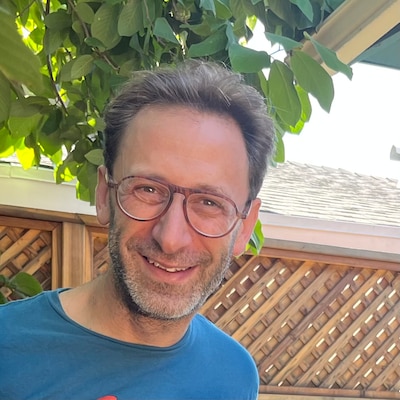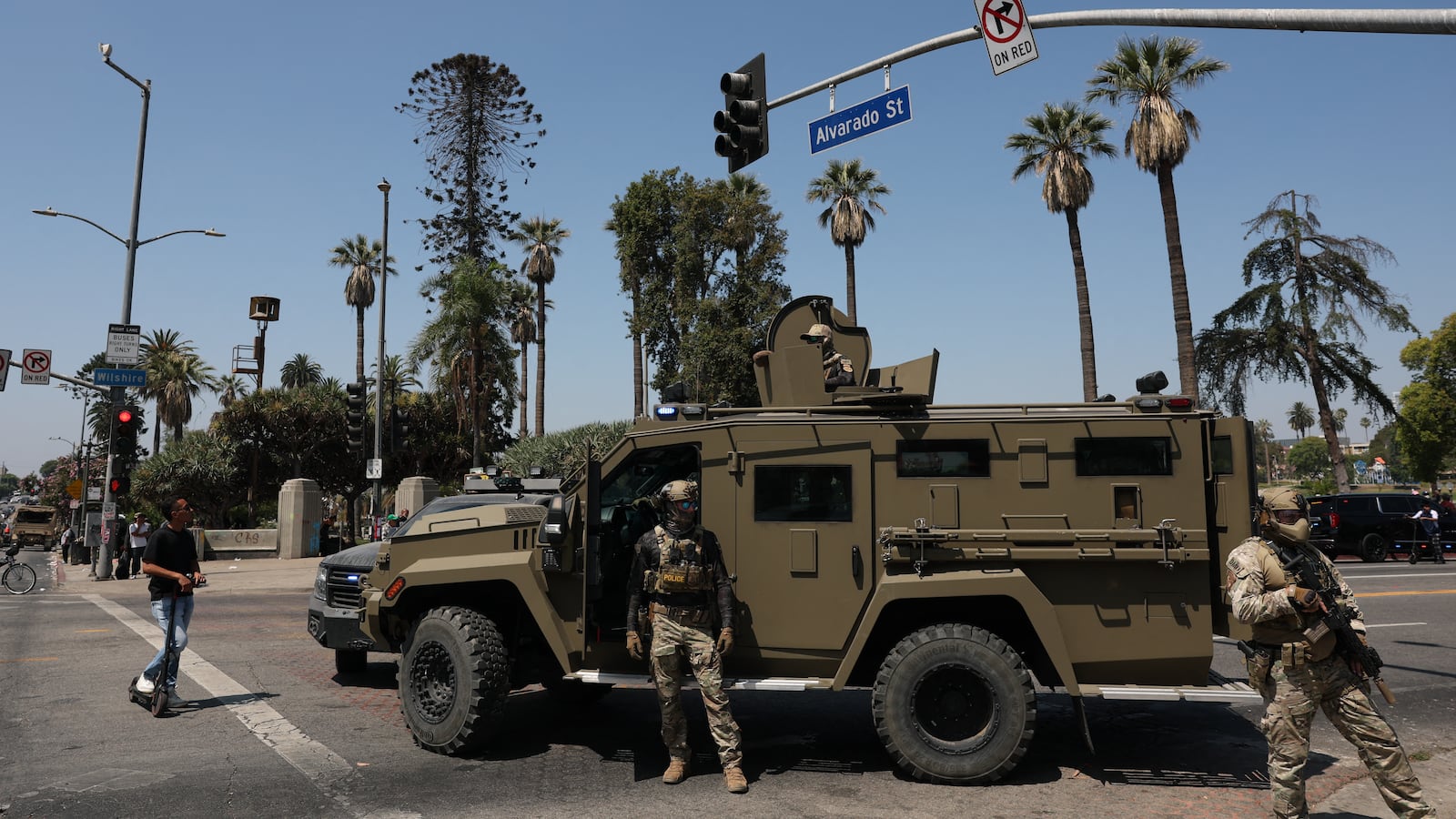Attending a recent lecture by climate scholar Carolyn Kissane at New York University, I was introduced to the idea of “polycrisis,” where multiple challenges amplify one another. That brought me to my students, who are living through a time of fire and ICE in Los Angeles.
My students will return to campus next month after a summer marked by fear. It has been terrifying for them to watch federal agents, fanned out across this city for months, targeting Angelenos who look like them. Former students have told me about the terror that citizens and non-citizens alike feel while traveling to and from work, or just going out to get groceries.

The circumstances of this moment leave me, as a civics teacher, balancing my own polycrisis: trying to sell those students on the merits of democracy at a time when the instruments of government are being used to attack their families and communities.
Teaching civics now means making decisions about what to emphasize and how to teach it. A civics curriculum that is rooted in understanding the American structure of government is critical, but how much do you discuss the decay of those systems? Addressing today’s realities lends credence to the important role government plays in our lives, and it pokes holes in the argument that government is a force for good.
The tension of a civics class in 2025 boils down to this core question: Are we there to tell the story of how American systems came to be, or are we there to help students become the protectors and owners of those systems?
I’ve come to believe that our role is the latter. While there is room for healthy debate about what needs to be protected and what needs to be discarded, if civic educators don’t emphasize the importance of these systems as a force for good, their demise will be a foregone conclusion.
My students need to look no further than our opening unit examining reports from the nonprofit Freedom House on the state of American democracy. In recent years, the U.S. has dropped from a score of 94 in 2011 to 84 now, meaning that Americans today have fewer individual and collective freedoms than in years past. Global freedom scores have also declined for 19 consecutive years, signaling a problem that transcends our borders.
The analysis of why this has happened can’t be a coldly analytical one; it must also emphasize the impact on our daily lives. Less democracy means more instability and more uncertainty.
In order to teach students to be protectors of our democracy, we need to teach them about themselves. We should challenge them to explore who and what brought them to this moment, and how they can be keepers of the American legacy that preceded them. This, of course, is harder when state structures threaten their families and upend the social fabric of their communities.
Messages that I once felt confident telling my first-generation American students — that undocumented people without criminal records wouldn’t be targeted, that the rights of naturalized citizens were identical to those who were born here — no longer seem to hold water. I’m searching for the right message to welcome my students to the school year ahead. I’ll tell them that, even amid this polycrisis, our classroom must be a place to explore and create opportunities rooted in our democratic system.
Last school year, for example, my students worked closely with our county supervisor’s office to help decide how over $500,000 would be spent in our neighborhood. And we will support the implementation of programs addressing issues such as homelessness, the need for green space, and job opportunities. It’s an ongoing lesson in the role of local stakeholders, even when they are unable to vote due to age or citizenship status.
Polycrisis is an apt description for today’s Los Angeles, where everywhere you look there seems to be a new frontier to assess the question of democratic backslide, as well as personal danger.
Back, though, to my specific crisis: How do I build the muscles in my students to become the protectors of American democracy and its tenets, while its decaying foundation makes them believe in it even less?
This is decidedly not the overly politicized debate around “action civics” and to what degree, if at all, students should see themselves as activists; this is about how to get them to see themselves as civic actors — people who have a place in the nation’s fabric and its protection.
I’ve come to appreciate that the act of civic muscle-building – a long, slow, continuous process – must come before the pitch about democracy’s merits. It happens in students’ offline conversations with their parents about our class meeting with a local government official; in exploring news sources together and assessing their truthfulness; and in seeing how institutions are of value in our daily lives, as we did during the participatory budgeting process.
The many crises before us can be addressed only one at a time, day by day, as we work to rebuild the civic culture that has left us in a moment of polycrisis.
Joel Snyder has been teaching American Government in the Florence-Firestone neighborhood of Los Angeles for almost two decades. Recognized by the Chief Justice of California’s Supreme Court as Champion of Civics in 2022, he is a graduate of the University of Michigan.



